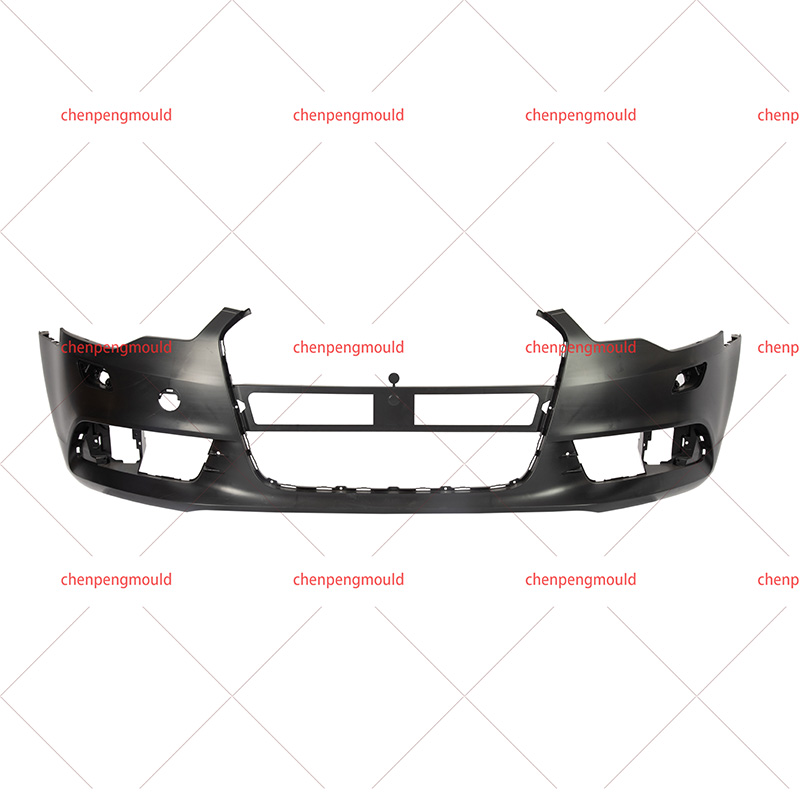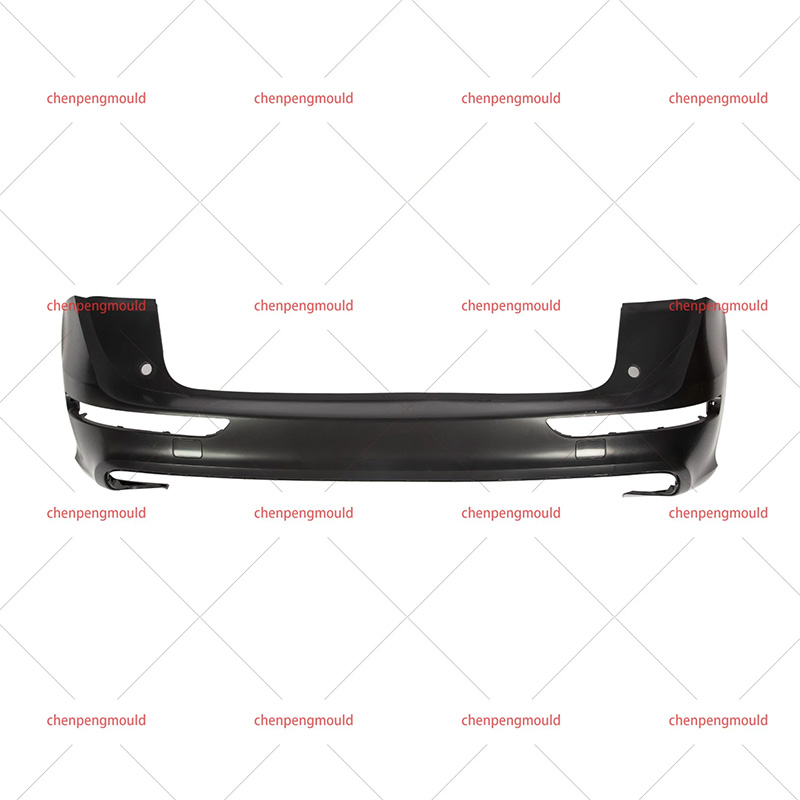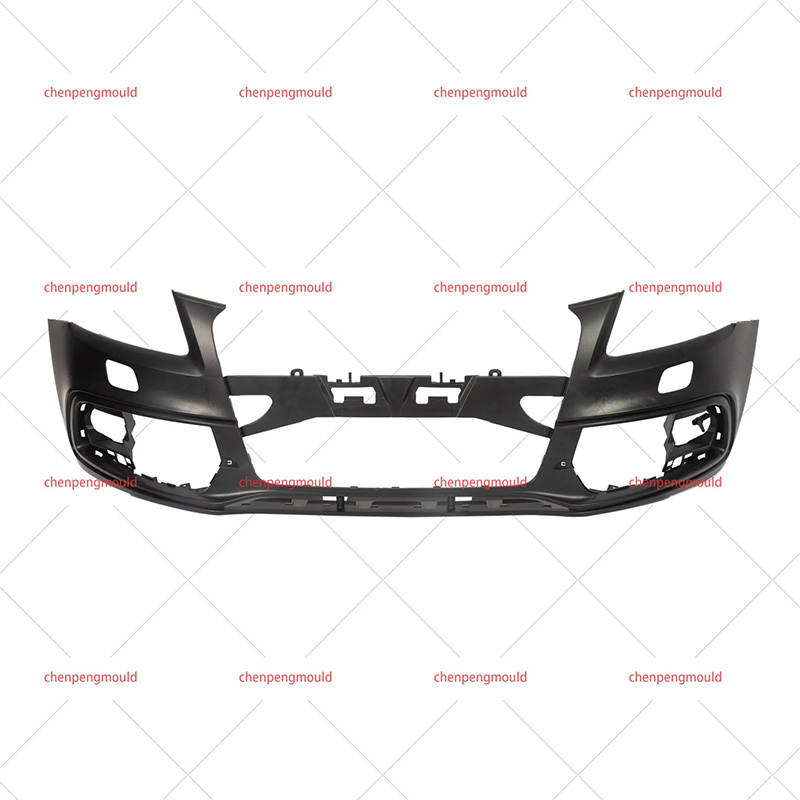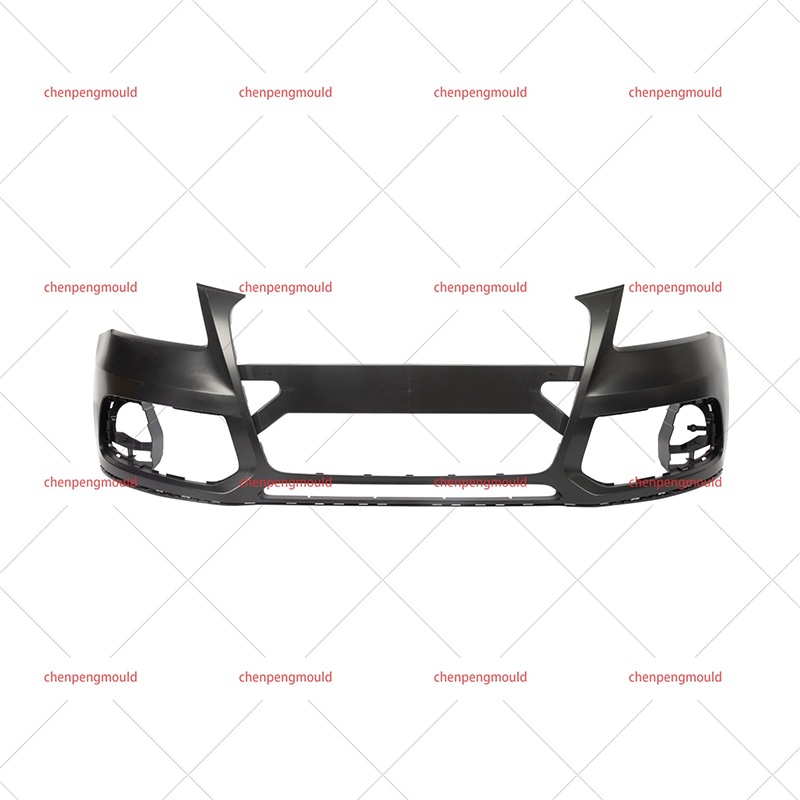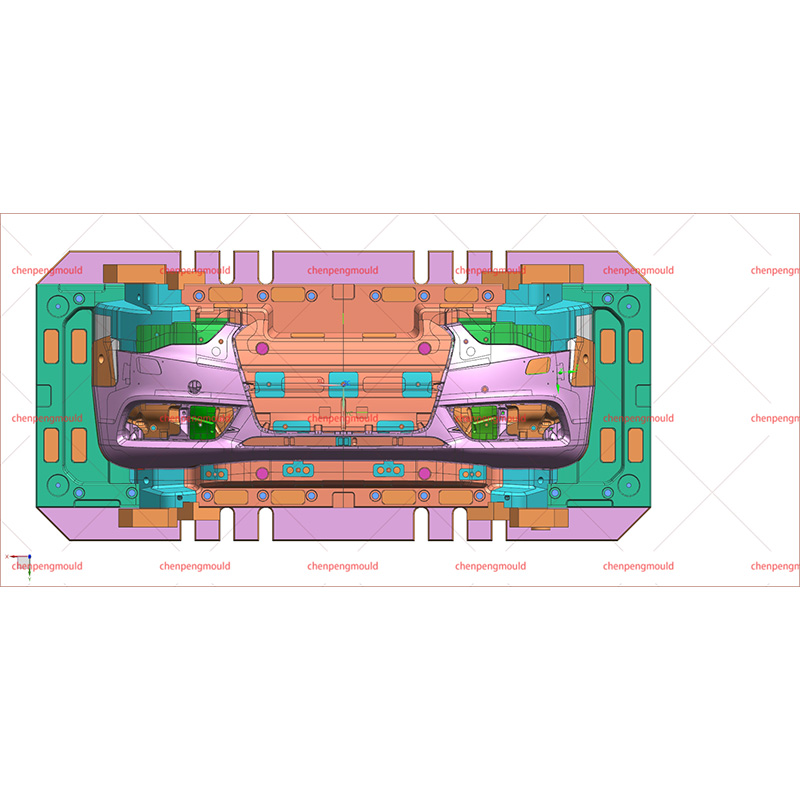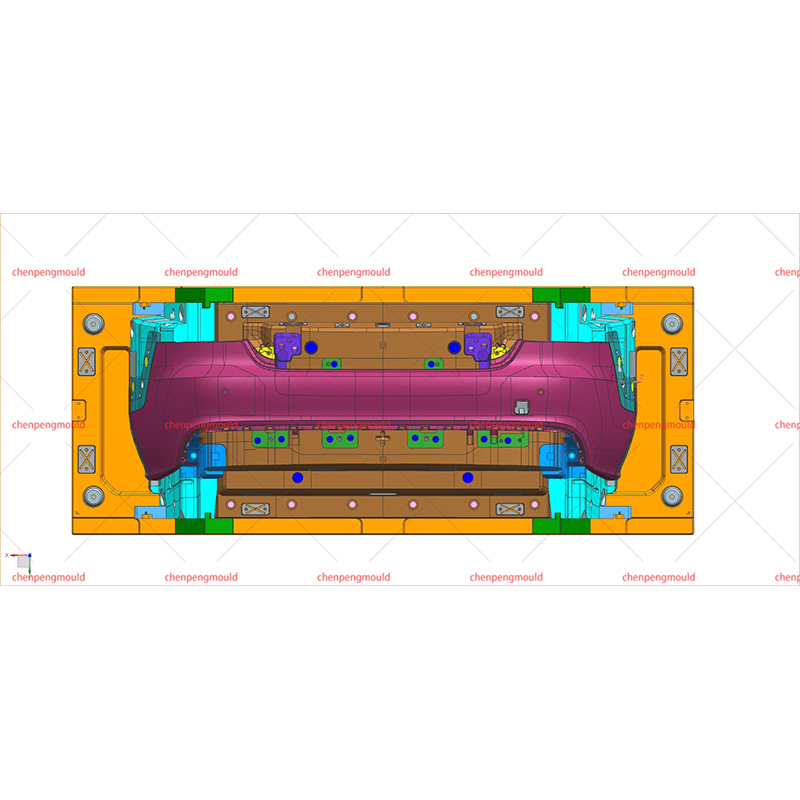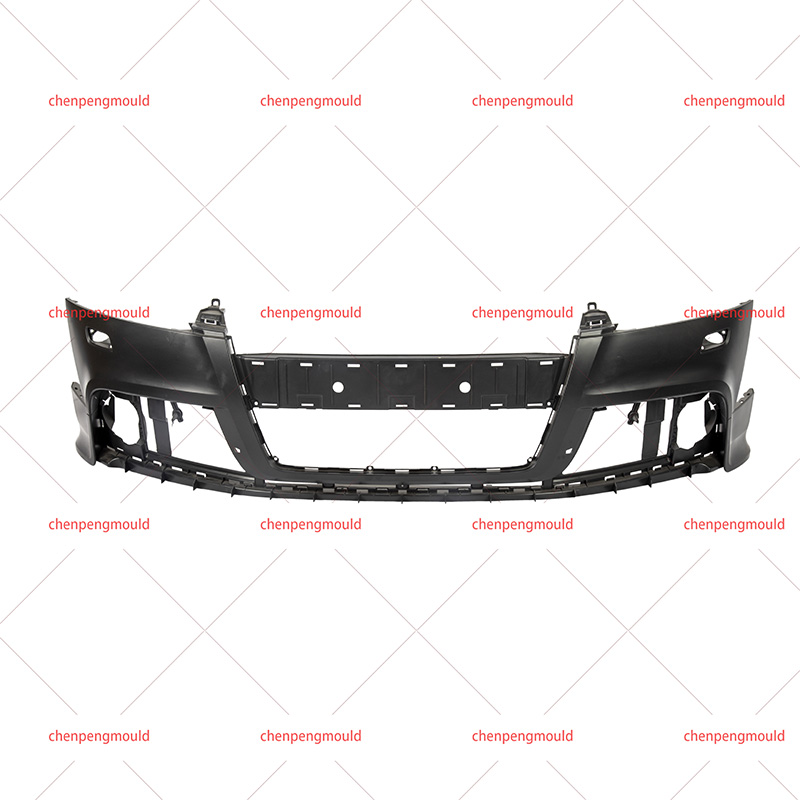The Plastic Bumper Molding is a fundamental component of a modern vehicle's exterior, serving both protective and aesthetic functions. Positioned along the top edge of the front and rear bumpers, this trim piece is designed to absorb minor impacts, protect the bumper's paint from scratches, and contribute to the car's streamlined appearance. However, due to its location, the Plastic Bumper Molding is frequently exposed to potential damage.
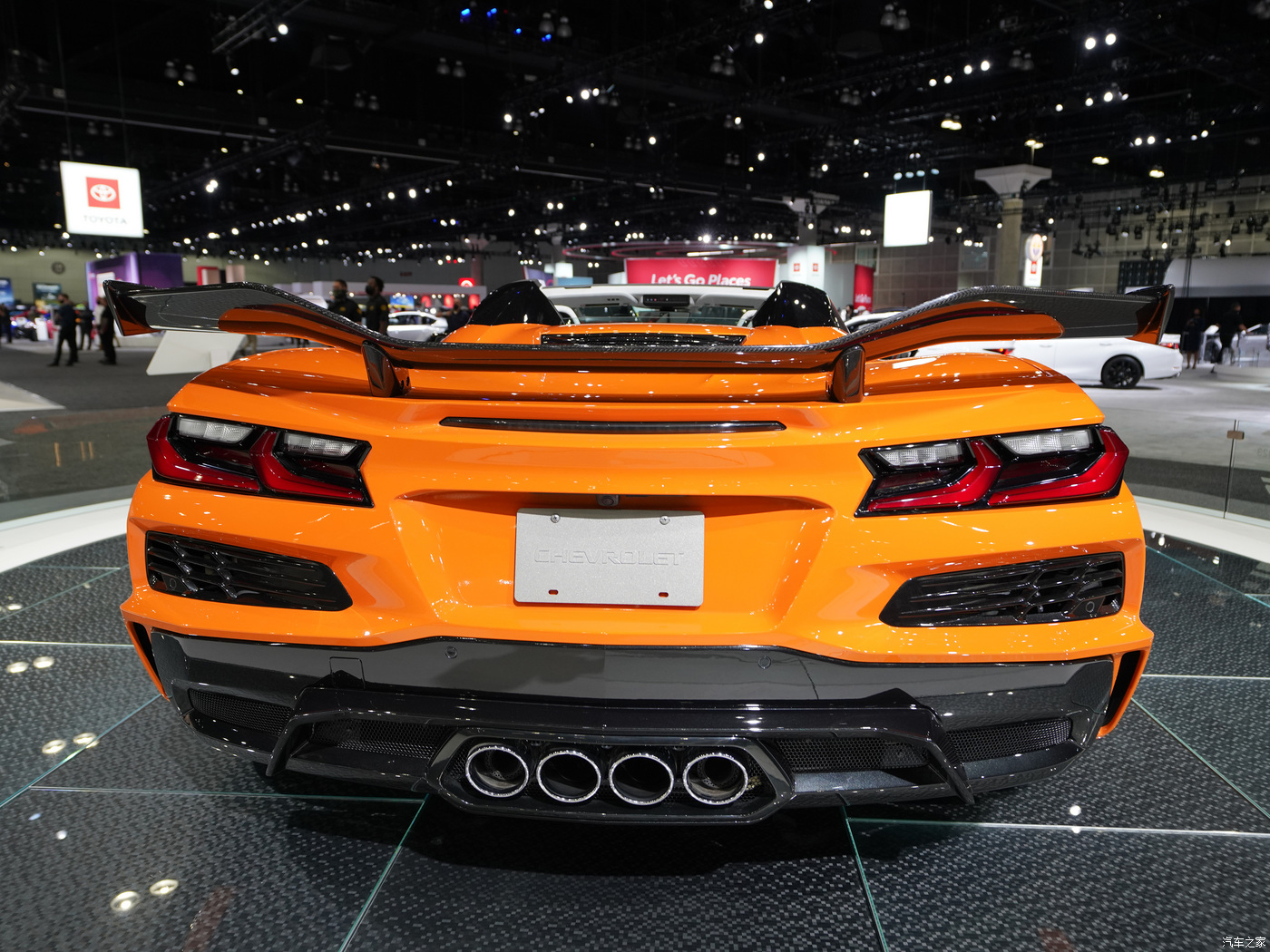
Visible Damage and Compromised Structural Integrity
The straightforward indicator that a Plastic Bumper Molding may need replacement is the presence of visible damage that compromises its form or structure. While minor scuffs are often tolerable, certain types of damage warrant more serious consideration.
A primary concern is cracking or splitting of the Plastic Bumper Molding. A crack, even a small one, can compromise the structural resilience of the entire piece. Unlike a simple scuff, a crack can spread over time due to temperature fluctuations, vibration, and further minor impacts, potentially a section of the Plastic Bumper Molding breaking off entirely. Similarly, severe distortion or warping is another clear sign. If the Plastic Bumper Molding has been deformed by impact or heat and cannot be reshaped to sit flush against the bumper, replacement is typically the effective solution. A warped molding not only looks unsatisfactory but may also have lost its protective capabilities. Furthermore, if the mounting tabs or clips on the back of the Plastic Bumper Molding are broken, the trim will not stay securely attached. A loose or sagging Plastic Bumper Molding can create rattling noises, may detach while driving, and leaves the actual bumper surface beneath it vulnerable to damage. When the part can no longer perform its basic function of remaining securely in place, replacement becomes necessary.
Impaired Function and Loss of Protective Qualities
Beyond mere appearance, the Plastic Bumper Molding has specific jobs to do. When its ability to perform these functions is significantly diminished, replacement should be considered to maintain the vehicle's condition and safety.
The obvious functional failure is when the Plastic Bumper Molding becomes detached or loose. A piece that is hanging off or visibly sagging poses a safety risk to both the vehicle and others on the road, as it could detach completely. It also fails in its role of protecting the bumper's paint from stone chips, sun exposure, and minor contact. Another functional consideration is the loss of fit with adjacent components. A damaged Plastic Bumper Molding may create misaligned gaps with headlights, grilles, or fenders. These gaps can allow moisture and road debris to enter spaces where they do not belong, potentially corrosion or damage to other parts. If the integrity of the Plastic Bumper Molding is such that it no longer forms a proper seal or alignment, its protective value is greatly reduced. In some vehicle designs, the Plastic Bumper Molding also helps direct airflow or houses sensors. Damage that interferes with these secondary functions is another valid reason to consider installing a new part.
Aesthetic Deterioration and Impact on Vehicle Value
While subjective, the visual appearance of the Plastic Bumper Molding is a significant aspect of the vehicle's overall presentation. The state of this component can influence both personal satisfaction and the vehicle's market value.
Fading, discoloration, or deep scratching can make the Plastic Bumper Molding look aged and neglected. While some cosmetic issues can be improved with cleaning and conditioning, severe or permanent discoloration that contrasts sharply with the rest of the vehicle's trim can be visually displeasing. For an owner who takes pride in their vehicle's appearance, a freshened Plastic Bumper Molding can dramatically improve the car's look. From a resale perspective, the condition of exterior trim is often noted by potential buyers. A cracked, faded, or missing Plastic Bumper Molding can give the impression that the vehicle has not been well-maintained, potentially lowering its perceived value and making it more difficult to sell. Conversely, ensuring that all exterior trim, including the Plastic Bumper Molding, is in good condition helps maintain the vehicle's curb appeal and can support a higher asking price. For those considering selling their vehicle in the near future, proactively replacing a damaged Plastic Bumper Molding can be a worthwhile investment.




 +86-18357617666
+86-18357617666
